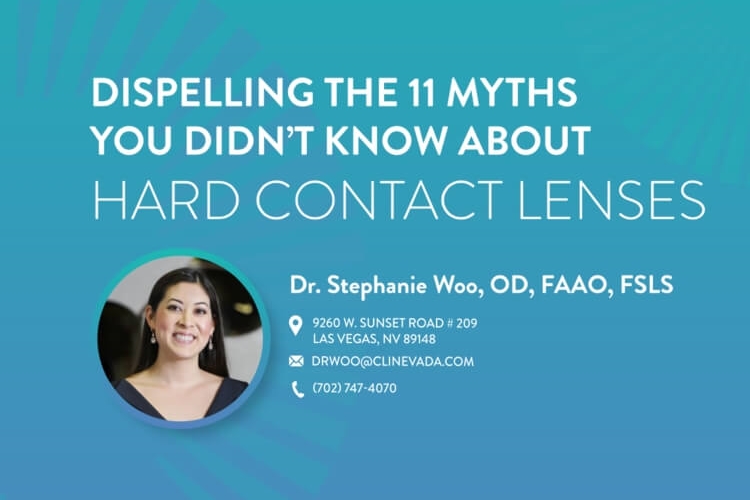The eye condition of corneal hydrops is a severe complication from keratoconus. Corneal hydrops results from the increased thinning and steepening of the cornea related to keratoconus.
If corneal hydrops develops, it can cause extreme pain, blurred vision, and distortion from the ocular surface changes. Treatment for corneal hydrops includes Muro 128, a hyper osmotic eye drop, and may also require a dilating eye drop to relieve pain, NSAID eye drop for pain management, glaucoma eye drop to lower the eye pressure, or even a surgical repair of the cornea.
Most individuals with keratoconus will never develop corneal hydrops, but if it develops, it can result in an emergency situation if the cornea becomes perforated due to the thinning.
How Keratoconus Impacts the Cornea
Keratoconus is a progressive corneal disease that impacts the thickness and shape of the cornea.
When keratoconus is present, the cornea becomes thinner and steeper in the inferior and central portions. This can be detected by using corneal topography or corneal tomography.
In early stages, keratoconus may only cause mild corneal changes but as the condition advances, it is likely that it results in much larger and noticeable changes to the cornea.
As the cornea is thinned and steepened, it can put an excessive amount of strain and pressure on the eye.
How Keratoconus Causes Corneal Hydrops
Corneal hydrops results when there is a break in the layer of the cornea called Descemet’s membrane. This layer of the cornea is one of the deepest layers and typically very resistant to strain or pressure.
As keratoconus advances, the steepening can cause the cornea to undergo so much pressure that there is a break that can develop in Descemet’s membrane.
When this break begins, it can spread quickly and cause the condition of corneal hydrops.
Symptoms of Corneal Hydrops
Corneal hydrops will never occur without symptoms arising from the changes in the eye.
Usually, there will be immediate blurred vision and pain experienced in only one eye.
Other possible symptoms include distortion, irritation of the eye, and swelling of the eye.
These symptoms will often be fairly severe and noticeable due to the sensitive nature of the cornea.
Treatment for Corneal Hydrops
To treat corneal hydrops, the hyper osmotic – or salt based – eye drop Muro 128 will be used multiple times per day. This eye drop is available over the counter but is usually behind the counter and must be asked for to purchase.
Additional treatments will focus on reducing unnecessary pain and discomfort that can occur with corneal hydrops.
Having a dilating eye drop in the eye can prevent the iris from moving and constricting which can alleviate some of the pain.
A prescription NSAID eye drop can be prescribed to help ease the pain on the eyes but is usually reserved for cases when there are pain symptoms even after other options are pursued.
In the most severe cases, corneal hydrops can require a surgical repair by either having a gas bubble placed behind the cornea to stabilize the cornea or having a true corneal transplant to replace the cornea.


